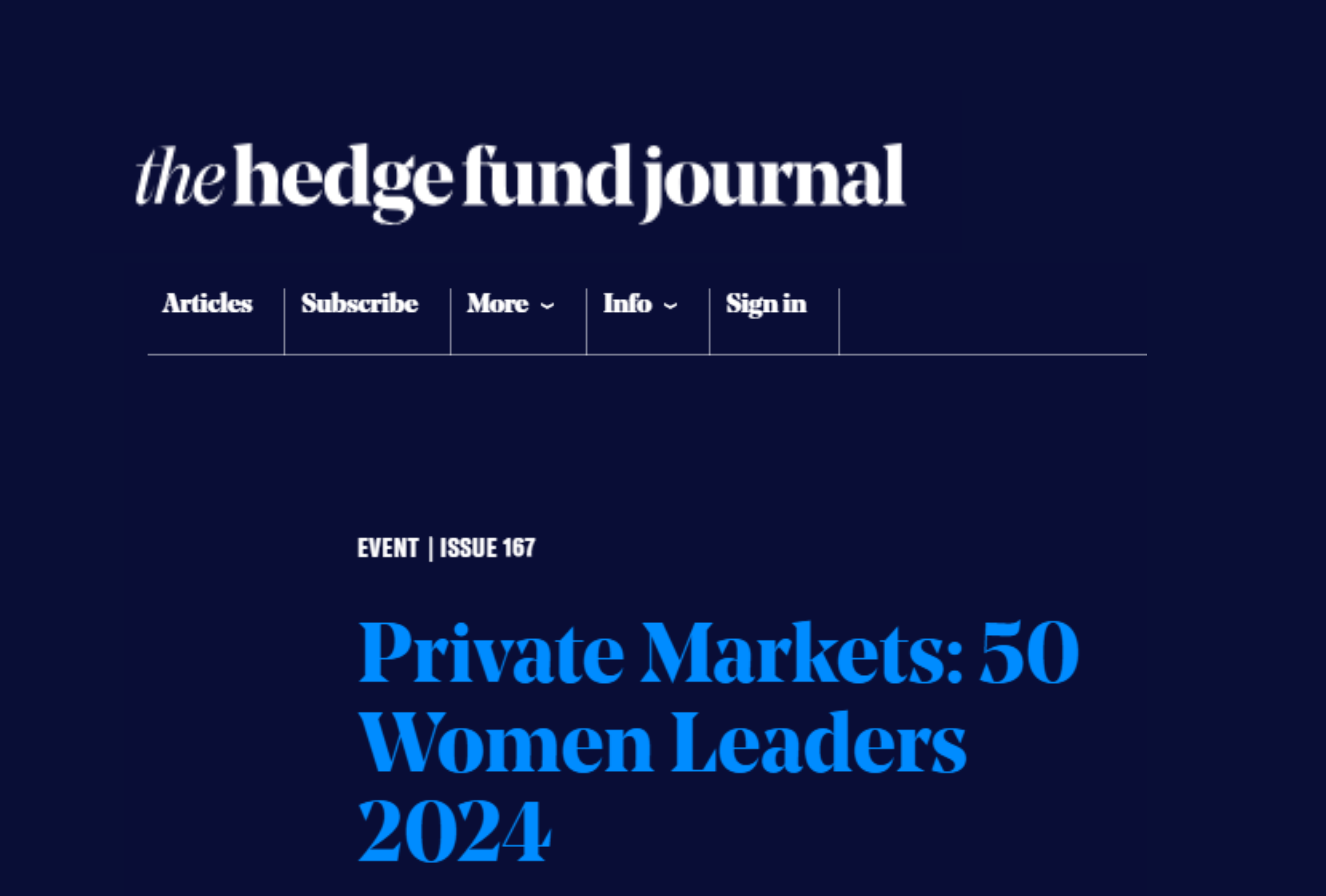By Jean-Baptiste Andrieux
The Asia-Pacific region has become, in many ways, the engine of growth for the world’s economy.
This is true particularly of China, which has risen to global prominence during the past two decades.
Asia Pacific is a very diverse region in terms of both market size and development. It comprises developed markets such as Australia and Japan, as well as emerging markets including China, India and Taiwan, and indeed frontier markets such as Bangladesh and Vietnam.
Although China and Japan make up more than half of the MSCI Asia Pacific index, India is predicted to become the third-largest economy in the index by 2030.
There are ample investment opportunities in the vast space.
AJ Bell head of active portfolios Ryan Hughes says: “While many will think about Asia as a market focused only on growth, it’s also a great place for income investors as the dividend culture is firmly engrained in many countries.
“This provides a wealth of choice where companies have strong balance sheets, much lower levels of debt than their western equivalents and payout ratios that are not stretched, increasing the prospect of dividend growth.”
In addition, Asian economies have not suffered as much as the UK, Europe or the US from the Covid-19 pandemic. Asian governments did not have to intervene to protect jobs and industries to the same extent as their western counterparts.
Sanlam Global Inflation Linked Bond fund manager Thomas Wells thinks this will be a big advantage for Asia.
“It’s done a relatively good job of containing Covid and as such there has been much less economic scarring,” he says.
Once the pandemic is behind us, it is likely Asia will not face such big challenges as those of the UK or Europe. It is unlikely to see large tax hikes, austerity policies or inflation, or at least not to the same extent as in the West. Should this be the case, the Asia-Pacific region could become an interesting area for investors seeking low volatility in the coming years.
Game-changing pandemic
Despite its devastating effects, Covid-19 has been a game changer in Asia Pacific. One reason is that it has accelerated the digitisation of the region, particularly the less tech-savvy parts of Asia. Whereas the Sars epidemic in 2003 was a catalyst for Chinese tech behemoths such as Alibaba, Covid-19 has booted e-commerce across Southeast Asia.
Singaporean e-commerce and gaming platform Sea has been at the forefront of this trend. It has become the number-one e-commerce company in the Association of Southeast Asian Nations (also known as Asean) region over the past year.
As with digital tools, e-commerce platforms have benefited from the pandemic, especially with the emergence of social commerce.
Social commerce platforms do not have a western equivalent, although they can be summarised as Instagram or TikTok but with a shopping platform.
What has happened in China on social media platforms such as Douyin (TikTok) or Kuaishou since the beginning of the pandemic is that they have embedded commercial functions. Kuaishou underwent a successful initial public offering (IPO) in February 2021. The Chinese video-sharing mobile app raised HKD41.28bn (£3.77bn) from its IPO after pricing its shares at HKD115 each.
Aberdeen Standard Investments’ (ASI) research institute forecasts that China’s economy will keep expanding in 2021, with growth of 9.5%.
ASI head of Chinese equities Nicholas Yeo says: “The nation’s post-pandemic rebound should spur wage increases, which would support continued structural growth in domestic consumption.
“Firms in the consumer staples, consumer discretionary and healthcare sectors would be in line to benefit.
“Looking ahead, the structural drivers of Chinese consumption remain intact; the nation’s generation of aspirational millennials will continue to buy high-quality goods and services.”
While China dominates in market size, there are plenty of opportunities in the rest of Asia Pacific. The assorted markets vary in size and characteristics, meaning the region can attract many investor profiles and bring solid diversification for portfolios.
Australia, for instance, is well regarded for being defensive for dividend yield. It is sometimes considered the highest-dividend paying market in the world. It is one of only three markets in the region that are categorised as ‘developed’ — the others being Japan and New Zealand.
Japanese recovery
Japan was once the regional champion before its economy plummeted during the ‘lost decade’ of the 1990s, after the implosion of the asset price bubble.
Gone are the days when Japan was an innovation and technology leader. In fact, it is behind both China and South Korea in terms of online penetration.
Nonetheless, Fidelity investment director Catherine Yeung believes that Japan is gradually building in the tech sector with lesser-known companies that she says are “going down the same path as China”.
She also notes that Chinese firms in some instances can deliver the same quality as their Japanese counterparts, but they score poorly in environmental, social and governance ratings due to the lack of disclosure, should that be a dealbreaker for investors.
While Japan is not the trailblazer it once was, it can still innovate. The country’s new prime minister, Yoshihide Suga, has rolled out plans for public support for digitisation since he took over from Shinzō Abe last September.
Japan remains one of the largest single-country markets in the world and offers exposure to an interesting structural growth.
Commenting on the state of the Japanese market, Rathbones head of collectives research Alex Moore says: “Historically, the Nikkei has been one of the more cyclical markets, doing well in recovery phases.
“Today, an abundance of inexpensive, industrial and tech-forward cyclicals with a high sensitivity to the global economic and trade cycles but also ‘quality’ attributes are highly attractive, especially when accompanied by booming domestic money supply and loose financial conditions.”
Elsewhere, South Korea and Taiwan are both driven by the tech supply chain. With the recent global shortage of semiconductors, Taiwan has shown the central role it can play in this sector.
While investing in the big names may be pricey, there are plenty of funds that own other, less well-known and more ‘affordable’ tech companies.
Vietnam too is showing rapid growth, progressively replacing China as a low-cost manufacturing hub.
Meanwhile, India is growing quickly with a manufacturing push that should see it become the third-largest global economy by 2030. Yet this other regional giant tends to remain close to foreign investors and lag behind its neighbours in foreign direct investment.
Where to start?
Investing in the Asia-Pacific region differs greatly from investing in, say, Europe or North America. High-net-worth investor platform Bite Investments’ chief executive, William Rudebeck, warns that Asia is a market that is hard to understand. He highlights the region’s enormous potential but adds that Asia is not straightforward and there are many intricacies to consider when investing in the region.
“If you’re in the UK and you’re investing into a UK platform that’s offering Asian products, understanding the research function and how those products have been vetted and sourced is key,” he says.
Another difficulty Rudebeck has identified is the lack of regulatory alignment across the region
“Every market is different, from the way in which they operate and are regulated, right through to the differences in currency, language and culture. The key for international firms is to have strong local partners.”
Rathbones’ Moore also warns that potential UK investors must be willing to tolerate risks.
“When investing in Asia, it is important to understand that state or government risk is higher relative to developed countries.
“There are more state-owned enterprises in Asia, so they are more influential regarding their future wellbeing. They are more active in managing their currencies, so currency risk is higher.
“State policies have a greater degree of influence on local economies too. In periods of market or economic stress the liquidity of local markets also tends to dry up, more so than developed markets, which can make transacting in and out of equities more expensive.”
Hence investing in Japan or Hong Kong can differ greatly from investing in the less mature markets, such as Indonesia or Sri Lanka.
It is vital that advisers and investors new to the region do their homework. But, in a time when western markets face so many uncertainties, looking further afield to diversify a portfolio could be a step in the right direction.




